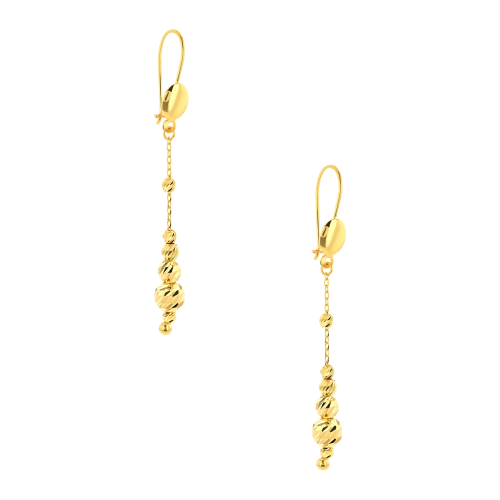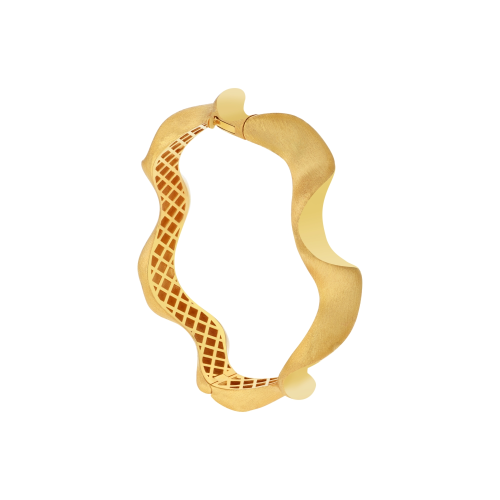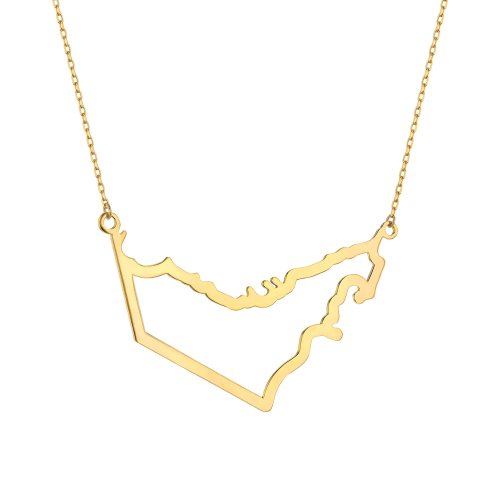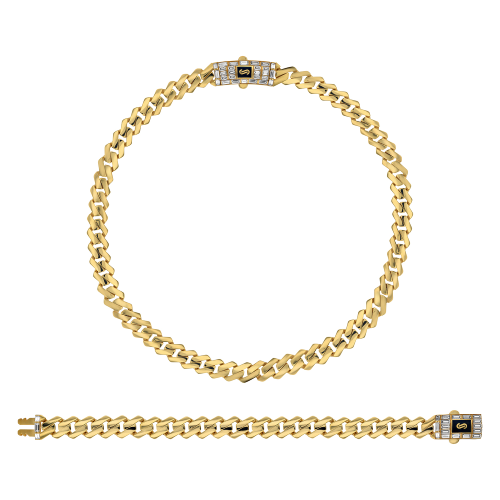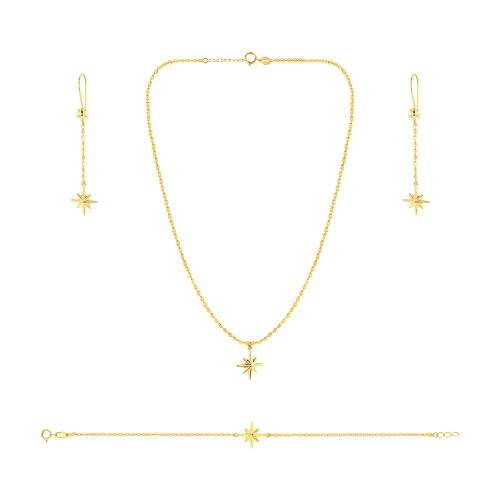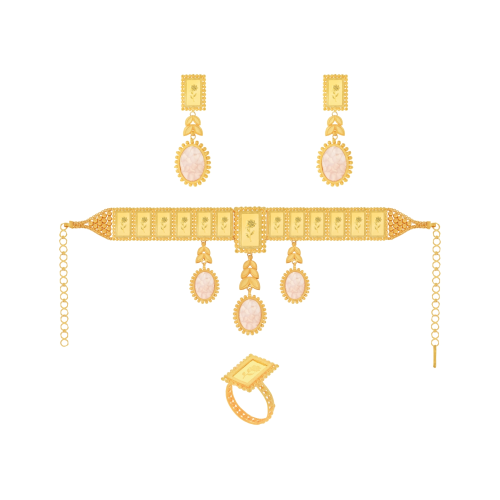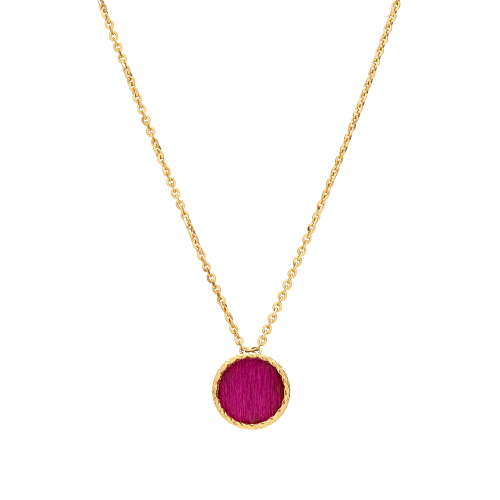The Untold History of Pearl & Gold Trading in the Gulf

Long before the discovery of oil transformed the Arabian Gulf into a global economic powerhouse, the region thrived on two precious commodities that shaped its destiny for millennia: pearls and gold. The untold story of pearl and gold trading in the Gulf reveals a rich tapestry of maritime commerce, cultural exchange, and entrepreneurial spirit that laid the foundation for today's prosperous Gulf states.
The Pearl Diving Legacy: White Gold of the Arabian Gulf
For over 4,000 years, the pristine waters of the Arabian Gulf harbored one of the world's most coveted treasures – natural pearls. The pearl diving industry, known locally as "ghous," formed the economic backbone of Gulf societies from Kuwait to Oman, creating a unique maritime culture that defined the region's identity.
The seasonal pearl diving expeditions, typically lasting from May to September, involved entire communities. Skilled divers, called "ghawas," would descend to depths of up to 40 feet without breathing apparatus, relying solely on their lung capacity and generations of inherited diving techniques. These brave men could hold their breath for up to two minutes while collecting oysters from the seabed, guided by their knowledge of the best diving spots passed down through families.
The pearl trade created a sophisticated economic system centered around major pearl markets in cities like Bahrain, Kuwait, and Dubai. Bahrain, in particular, emerged as the region's pearl capital, with its strategic location and natural pearl beds making it a hub for international pearl merchants. The finest Gulf pearls, known for their lustrous quality and perfect roundness, commanded premium prices in markets across India, Europe, and the Far East.
Ancient Gold Routes Through Gulf Waters
While pearls dominated the marine economy, gold trading established the Gulf as a crucial link in ancient commercial networks. The region's strategic position between the gold-rich lands of Africa and the hungry markets of Asia made Gulf ports essential waypoints in the global gold trade.
Archaeological evidence suggests that gold trading in the Gulf dates back to the Bronze Age, with ancient Dilmun (modern-day Bahrain) serving as a major trading hub between Mesopotamia and the Indus Valley. Gold artifacts discovered in burial mounds across the region testify to the precious metal's significance in Gulf societies long before the Islamic era.
The traditional dhow vessels, with their distinctive triangular sails, became the workhorses of the gold trade. These sturdy boats, perfectly adapted to Gulf waters, carried gold from East Africa to Indian Ocean ports, with Gulf merchants acting as intermediaries who accumulated considerable wealth and influence through their trading networks.
The Merchant Dynasties: Building Fortunes on Pearls and Gold
The pearl and gold trades gave rise to powerful merchant families whose influence extended far beyond the Gulf. These trading dynasties established commercial networks spanning from Zanzibar to Mumbai, creating the first truly international businesses in the region.
Prominent families like the Al-Qasimi in the northern emirates, the Al-Khalifa in Bahrain, and various Kuwaiti merchant houses built their fortunes through careful cultivation of trading relationships. They developed sophisticated financial instruments, including early forms of maritime insurance and credit systems that facilitated long-distance trade.
The wealth generated by these trades funded the construction of magnificent forts, mosques, and traditional architecture that still defines Gulf cities today. The famous Wind Tower houses of Dubai and the pearl merchant mansions of Kuwait stand as monuments to this golden age of maritime commerce.
Cultural Impact: Shaping Gulf Society and Traditions
The pearl and gold trades profoundly influenced Gulf culture, language, and social structures. Pearl diving songs, known as "nahma," developed as a unique musical tradition that helped divers maintain rhythm during their dangerous work. These haunting melodies, still performed today, capture the essence of the pearl diving experience and represent one of the region's most authentic cultural expressions.
The seasonal nature of pearl diving created a unique social calendar that governed Gulf life for centuries. The return of the pearl fleet was celebrated with festivals and markets, while the off-season allowed for maintenance of boats and equipment. This rhythm of life created strong community bonds and a culture of mutual support that characterizes Gulf society to this day.
Traditional crafts flourished alongside the trades, with skilled artisans creating intricate gold jewelry, ceremonial daggers, and decorative items that incorporated both local and international influences. The famous Omani silver work and Emirati gold jewelry traditions trace their origins to this period of cultural flowering.
The Decline and Transformation
The pearl industry's golden age came to an abrupt end in the 1930s with the introduction of Japanese cultured pearls and the global economic depression. However, the entrepreneurial skills, international connections, and commercial acumen developed during centuries of pearl and gold trading proved invaluable as the region transitioned to the oil era.
Many former pearl merchants and gold traders became the first generation of modern Gulf business leaders, applying their trading expertise to new opportunities in real estate, construction, and eventually, oil services. The commercial networks established during the pearl era provided the foundation for today's global business connections.
Legacy in the Modern Gulf
Today, the Gulf states honor their pearl and gold trading heritage while building on its foundations. Dubai's emergence as a global gold hub, processing over 40% of the world's recycled gold, directly connects to its historical role in the gold trade. Similarly, Bahrain's development as a financial center builds on its legacy as the region's premier trading port.
The traditional souks of Kuwait, Dubai, and Manama still buzz with gold trading activity, while pearl diving has been revived as a cultural heritage practice. Modern Gulf cities proudly display their maritime heritage through museums, cultural centers, and traditional dhow restoration projects.
The story of pearl and gold trading in the Gulf reminds us that long before oil revenues transformed the region, entrepreneurial Gulf merchants had already established themselves as sophisticated players in global commerce. Their legacy of innovation, international trade, and cultural exchange continues to influence the Gulf's approach to business and its vision for the future. This rich history provides both inspiration and practical lessons for the region's ongoing economic diversification efforts, proving that the Gulf's commercial prowess extends far deeper than its oil reserves.

Our Promise
Fast shipping
Receive your jewelry in maximum 3 days.
Return guaranteed
Requesting a return is quick and easy.
Ethical Sourcing
Ethically Sourced Materials
Payments
Buy in the most convenient way for you.
